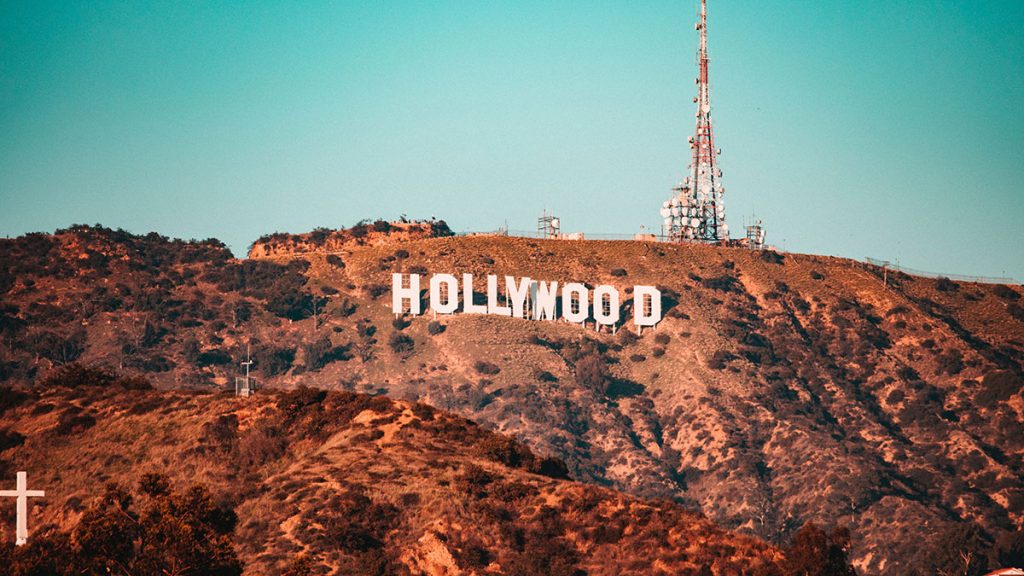
After more than 35 years of operation, TBI is closing its doors and our website will no longer be updated daily. Thank you for all of your support.
US actors union SAG-AFTRA ‘reaffirms’ AI demands for studios, as WGA discussions begin
The use of Artificial Intelligence (AI) to replicate an actor’s performance has come under increased scrutiny, after the Screen Actors Guild (SAG-AFTRA) in the US joined The Writers Guild Of America (WGA) in attempting to “reaffirm” its position on the fast-emerging tech.
AI is seen as an increasingly powerful tool for producers that is able to use the past performances of actors to recreate new scenes.
Disney+ employed a so-called AI ‘clone’ of James Earl Jones’ voice after he stepped back from playing Darth Vader in its recent Obi-Wan Kenobi series, while the Mouse House has also de-aged Carrie Fisher.
James Dean was also reportedly set to be resurrected in movie Finding Jack, despite his death almost 70 years ago.
The latter movie was created via a deal with James Dean’s estate and SAG-AFTRA has now sought to shore up its position on the subject by “reaffirming its position on digital voice, likeness and performance simulations.”
“The terms and conditions involving rights to digitally simulate a performer to create new performances must be bargained with the union,” it said in a statement.
“In addition, any use or reuse of recorded performances is limited by our collectively bargained contract provisions, including those requiring consent and negotiation of compensation.”
SAG-AFTRA said producers would be required to bargain with the union “before attempting to acquire these rights in individual performers’ contracts.”
“Human creators are the foundation of the creative industries and we must ensure that they are respected and paid for their work. Governments should not create new copyright or other IP exemptions that allow AI developers to exploit creative works, or professional voices and likenesses, without permission or compensation. Trustworthiness and transparency are essential to the success of AI,” it added.
WGA stance ahead of AMPTP negotiations
The stance is similar to that of the WGA, which will embark on its much-watched negotiations with the Alliance of Motion Picture and Television Producers (AMPTP) today as both sides attempt to avert a writers’ strike.
Among other demands, the WGA said it wants “to regulate the use of material produced using artificial intelligence or similar technologies” within the deal it is looking to strike with the US studios.
The AMPTP, meanwhile, has said it intends to keep productions on track during negotiations with the WGA, as subjects ranging from streaming residuals to writers room size are set to be discussed.
The current Minimum Basic Agreement is set to end on 1 May and ahead of the talks, the AMPTP – which leads discussions for the major US studios – said its members were focused on “the long-term health and stability of the industry as our priority.”
“We are all partners in charting the future of our business together and fully committed to reaching a mutually beneficial deal with each of our bargaining partners.
“The goal is to keep production active so that all of us can continue working and continue to deliver to consumers the best entertainment product available in the world.”
The WGA is focusing on raising basic wages, residuals from streaming and the use of smaller writers rooms to cut costs.
A strike in 2017 was narrowly averted but a decade before, writers walked out for 100 days in a move that forced shows such as Breaking Bad to cut episodes to deal with the fall-out.



